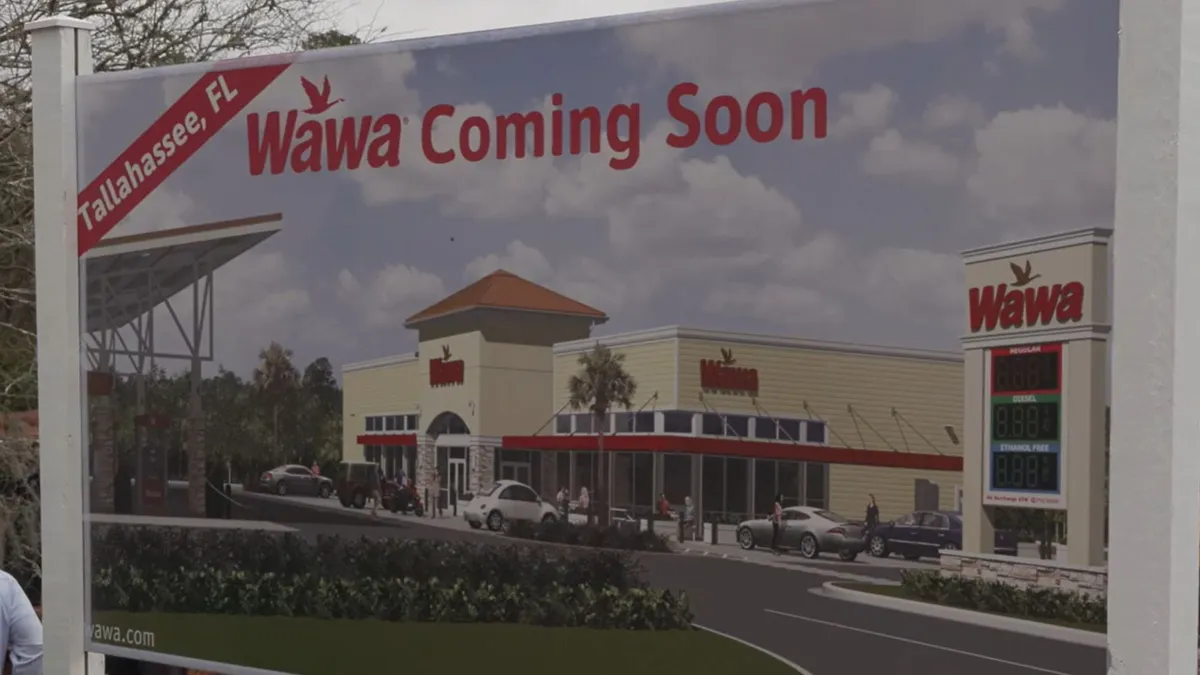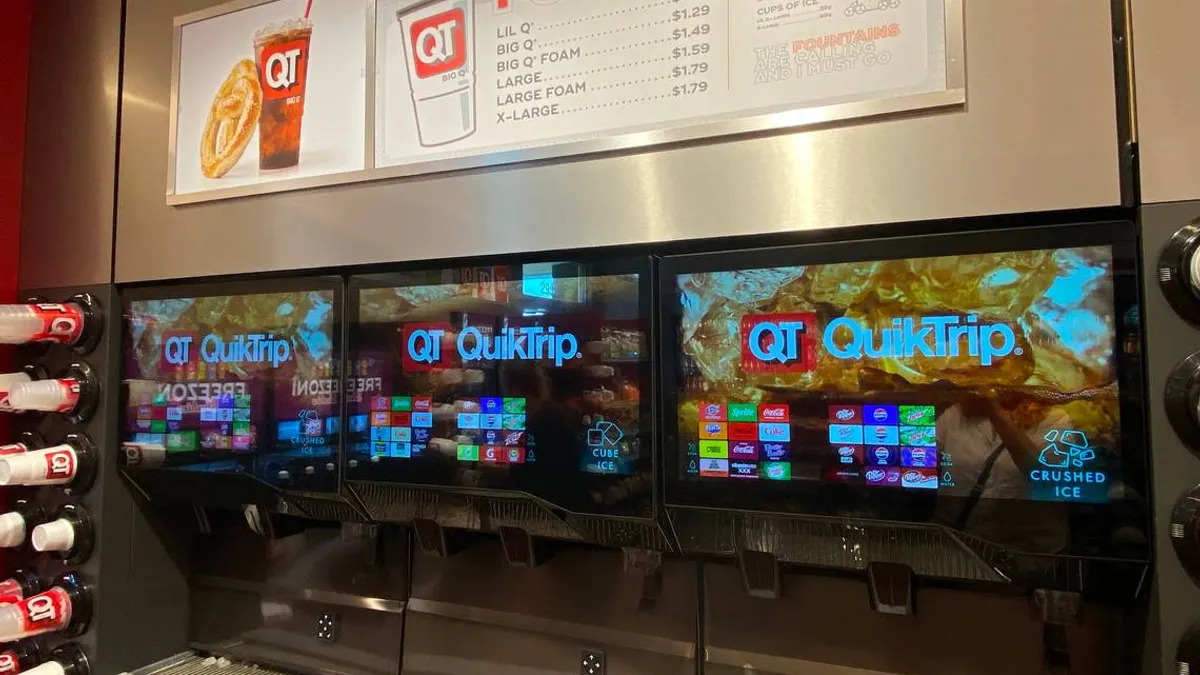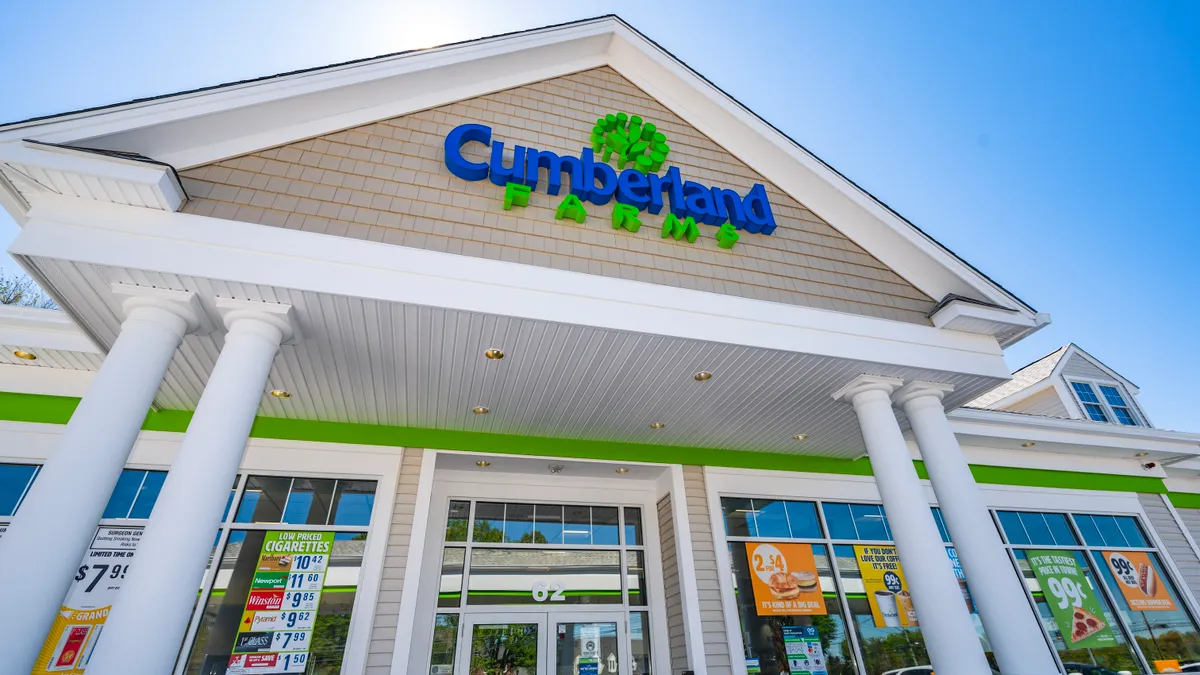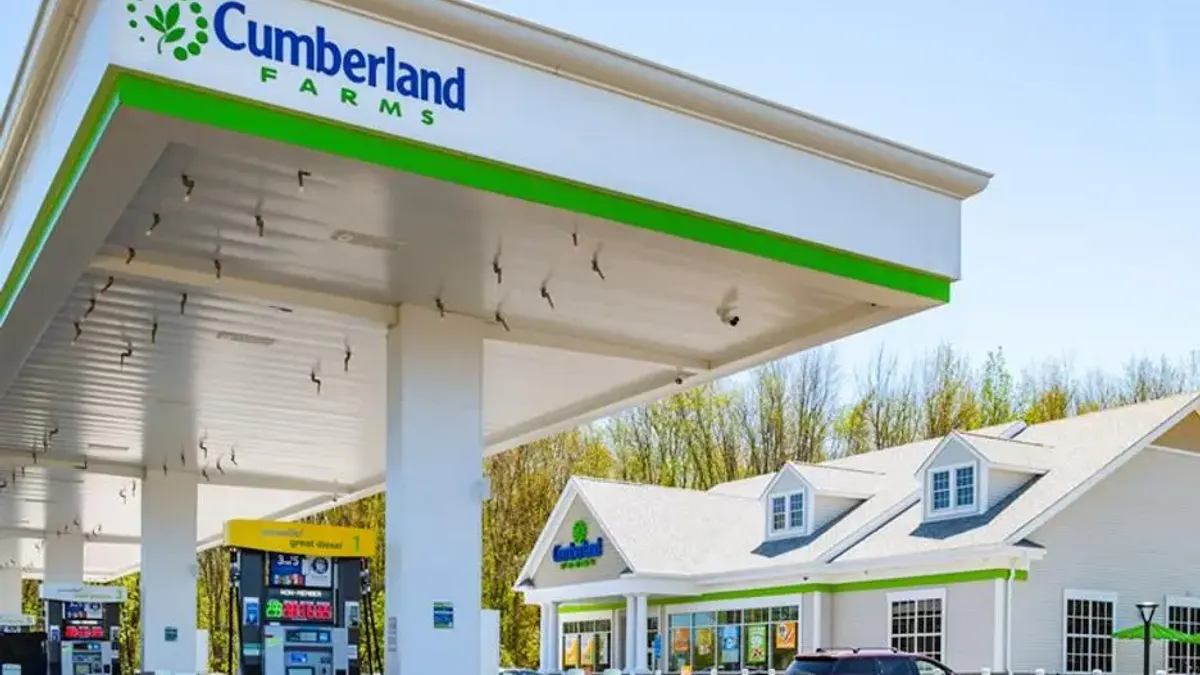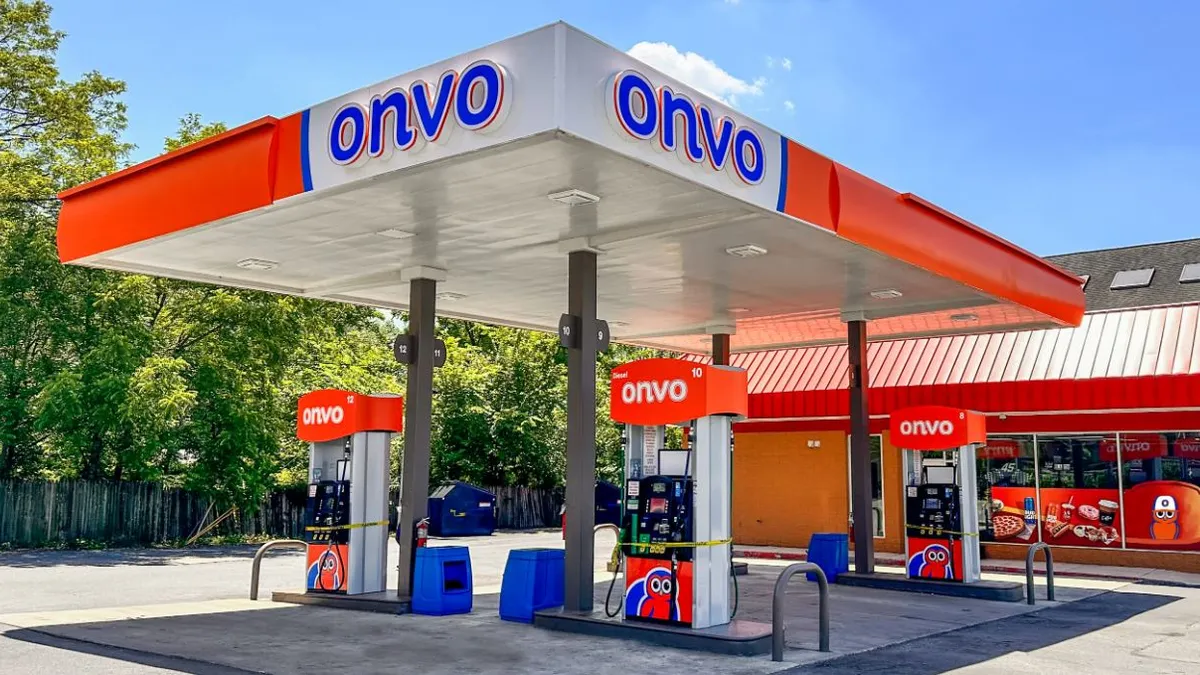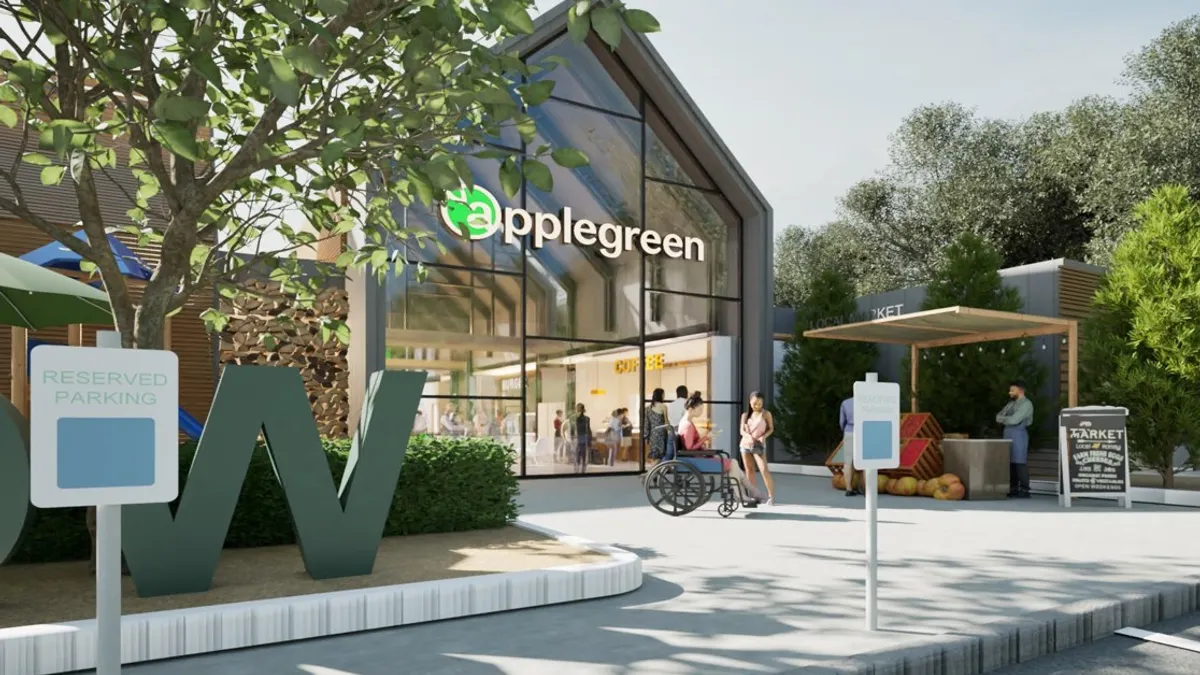Most of the largest convenience retailers in the U.S. are touting store growth as their top priority moving forward.
As growth via acquisitions or new builds continues to unfold, many c-store retailers aren’t just opening new stores, but debuting locations in new cities or states for the first time — and planting their flags as destination retailers in those regions.
Case in point: Wawa is in the midst of a major expansion plan that’s taking the Pennsylvania-based c-store chain into Ohio, Indiana, Kentucky, Tennessee, Alabama, Georgia and North Carolina. Buc-ee’s is bringing its mega-size travel centers to Virginia, Louisiana, Mississippi, Wisconsin, Colorado, North Carolina and Ohio. RaceTrac is stepping into Michigan, Indiana and Ohio while Casey’s General Stores is moving into Texas.
And it’s not just major c-store retailers. Smaller players, such as Louisiana-based Fast Stop and South Carolina-based Pops Mart, are entering New Mexico and Wisconsin, respectively.
While expanding to a new market isn’t easy, multiple experts agree that it’s far simpler for an established, national c-store retailer than a smaller, regional chain, simply because of their reach.
“If you’re a substantial brand, you’re not going to have any trouble moving in simply because you've already got a national brand. Chances are, that community is going to know you,” said Margaret Sotrop, vice president of design services for c-store solutions firm GSP Retail.
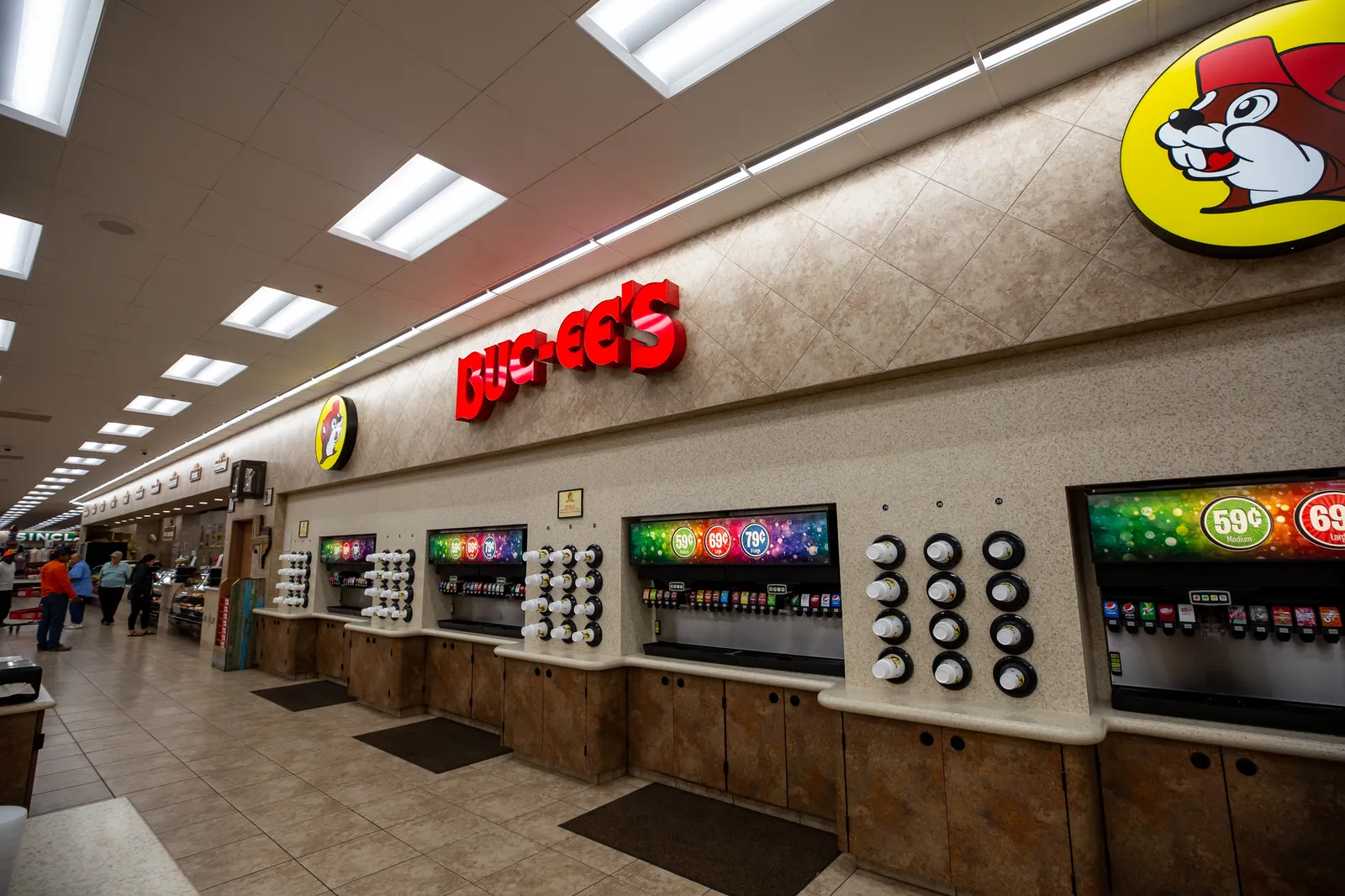
But that doesn’t mean being the new kid in town is easy for the big players.
“As with any new venture, thorough planning and preparation are key to success,” said Mark Kestnbaum, vice president of real estate for Alimentation Couche-Tard, parent company of Circle K convenience stores, which continues to expand to new regions, such as parts of Wisconsin.
Here’s how c-store retailers large and small can prepare to enter a market for the first time and introduce themselves to a new community.
Do your research
For any retailer, conducting due diligence on the market they’re about to enter is critical, experts say. This means understanding the “unique conditions, dynamics and requirements” of that market, such as local government, permitting, building codes, infrastructure, municipal services and the real estate landscape, Kestnbaum said.
“That’s why we take a disciplined approach to entering markets, conducting thorough research on all these things as well as evaluating the local competitive and consumer environment among other factors,” Kestnbaum said.
Due diligence was especially essential when Couche-Tard entered the Lubbock, Texas, market in recent years, Kestnbaum noted.
During this expansion, Lubbock’s “separate land mineral rights” often added to “the complexity of real estate transactions,” he said. Couch-Tard tapped into local officials to work around that hurdle and has since opened seven stores in Lubbock.
“Our teams partner with local subject matter experts to navigate through those kinds of challenges,” he said.
Doing walk-throughs of a potential new market prior to entering or even making arrival plans can go a long way as well, said Sotrop.
Sotrop said she recently did a walk-thru with a small c-store chain that’s looking to expand to a new market. Doing these can help a retailer — especially a smaller one — understand how it can differentiate itself in that region, she noted.
“We made sure that when we walked through stores with them, that we understood where they thought they could fit in the market, how they would stand out and what's missing in the market that they can own,” Sotrop said.
Finding that point of differentiation is not only crucial to standing out from competitors in the area, but also for building a new customer base, Sotrop noted.
“You just need to know what's gonna make you different so that you're able to connect with that community,” she said. “You almost have to introduce yourself as a friend that they didn't know yet.”
Put a marketing plan together
Once the due diligence is complete, it’s time to craft a marketing strategy on how that retailer plans to promote and tease its entrance to the new region, multiple experts said.
Such promotions can be done in several ways. Sotrop said when her team is working with a smaller retailer, they’ll reveal food and product specials — such as 50-cent hot dogs, a 25-cent cup of coffee or gas discounts — a few weeks out from the grand opening.
“It's really putting all those details together because once you start making any changes on the lot, you're going to get people excited about what's coming,” Sotrop said.
Taking news of the market expansion to social media and local newspapers is a vital promotional tactic, said Terry Monroe, president and founder of c-store advisory firm American Business Brokers & Advisors. Retailers doing this should promote not only their company and store concept, but also their future expansion plans in the area if they have any, Monroe noted.
“You’ve got to have a plan to show that not only do I have this beautiful store, but we’re here to stay, we’re here to be part of the community,” Monroe said.
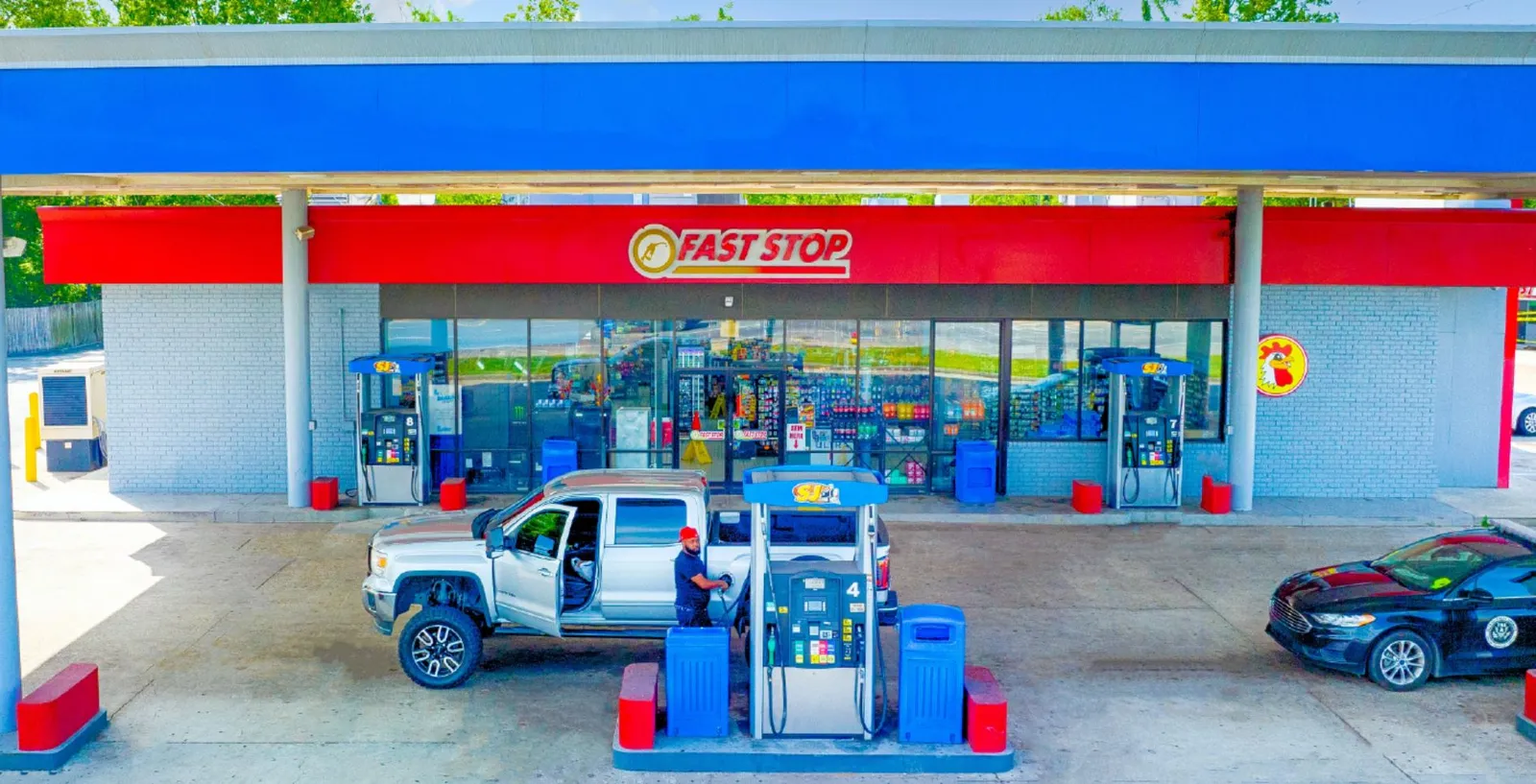
A solid marketing plan also includes preparing a grand opening — and in particular considering what that day will include and how the company will announce its arrival to the community.
At grand openings, c-store retailers often include a ribbon-cutting ceremony followed by food and beverage specials, prize drawings and other games and festivities. Last year, a new c-store retailer that arrived in Las Vegas, Roam ‘n stop, held grand openings for its three new locations that included attendance from local officials and raffles for gift cards, camping gear and bikes.
Sotrop said one of the smaller retailers she’s currently working with is looking to book the city’s mayor and police force to be at the opening. They’re also working to get local high school bands to perform at the event, with a percentage of the grand opening’s sales going to the school.
The goal with every grand opening is to establish the brand’s arrival and presence in that community, Sotrop said.
“We’re trying to figure out how we can get connected to that community because it's all going to be about keeping that existing customer.”



